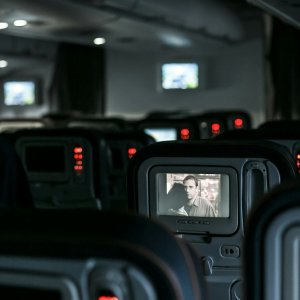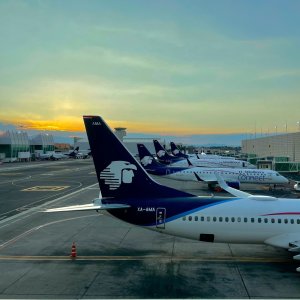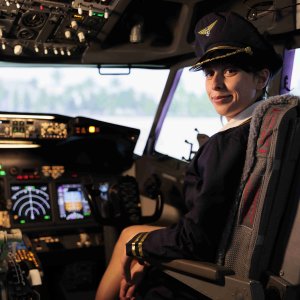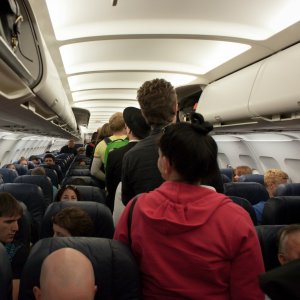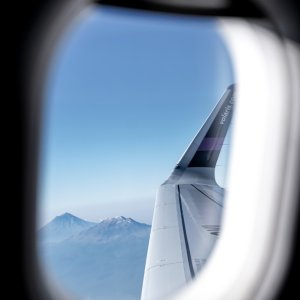
Boeing 737 Max Returns: What Changed?
Canada and Europe are preparing to lift the flying ban on the controversial Boeing 737 Max, which was grounded globally for 20 months following two fatal crashes. Other countries have gradually lifted restrictions during the past month.
These ban lifts might be a boon for Boeing, which was deeply affected by the grounding of its once fastest-selling aircraft. Boeing had an already troubled 2019, which was the first year in three decades that the company had more cancellations than orders. The OEM closed 2019 with a total of 87 negative orders but high expectations for 2020 that were later quenched by the COVID-19 pandemic, which brought air traffic to a near standstill. The bans on the 737 Max and the COVID-19 crisis caused the OEM to face numerous aircraft cancellations throughout 2020, to close the year with 650 cancellations, reports CNBC.
Changes to the 737 Max include enhancements to its Maneuvering Characteristics Augmentation System (MCAS), which became notorious for its role in the Lion Air and Ethiopian Airlines crashes that killed 346 people. The MCAS is an automated anti-stalling system that activates if sensors note that the aircraft’s nose has turned up sharply, in what is called an elevated angle of attack. Under these circumstances the MCAS automatically adjust the horizontal stabilizer to push the aircraft’s nose down.
This feature was added by Boeing after it realized that the aircraft’s design caused it to pitch backwards under specific testing conditions. It was meant to prevent accidents. However, in both the Lion Air and the Ethiopian Airlines crashes, the MCAS software activated erroneously after receiving faulty information from the plane’s sensor. The software was also only meant to activate under the input from two different sensors but it was later simplified to answer to only one, reports The Seattle Times. After the crashes, Boeing was also criticized for removing information pertaining it from training manuals.
A year and a half after the crashes, Boeing has updated the software and states that the MCAS will now only activate if the measurements of two angle of attack sensors match and that the software “will never override the pilot’s ability to control the airplane using the control column alone.”
Mexico’s flagship airline Aeroméxico was the second airline after the US’ American Airlines to return the aircraft to service for its Mexico City–Cancun route. Aeroméxico's fleet includes six Boeing 737 Max used in several domestic and international routes. The airline will keep this aircraft flying domestic routes until the ban is lifted in other destinations but it plans to use it in flights to Montreal, Canada, during January 2021. Aeroméxico has a firm order for 60 Boeing 737 Max 8 and 9, valued at US$6 billion. Brazil and Peru have also lifted restrictions and the 737 Max can now fly with GOL Aerolíneas and Copa Airlines. Argentina’s flagship airline Aerolíneas Argentinas is preparing to return the airplane to operations in April or May.



